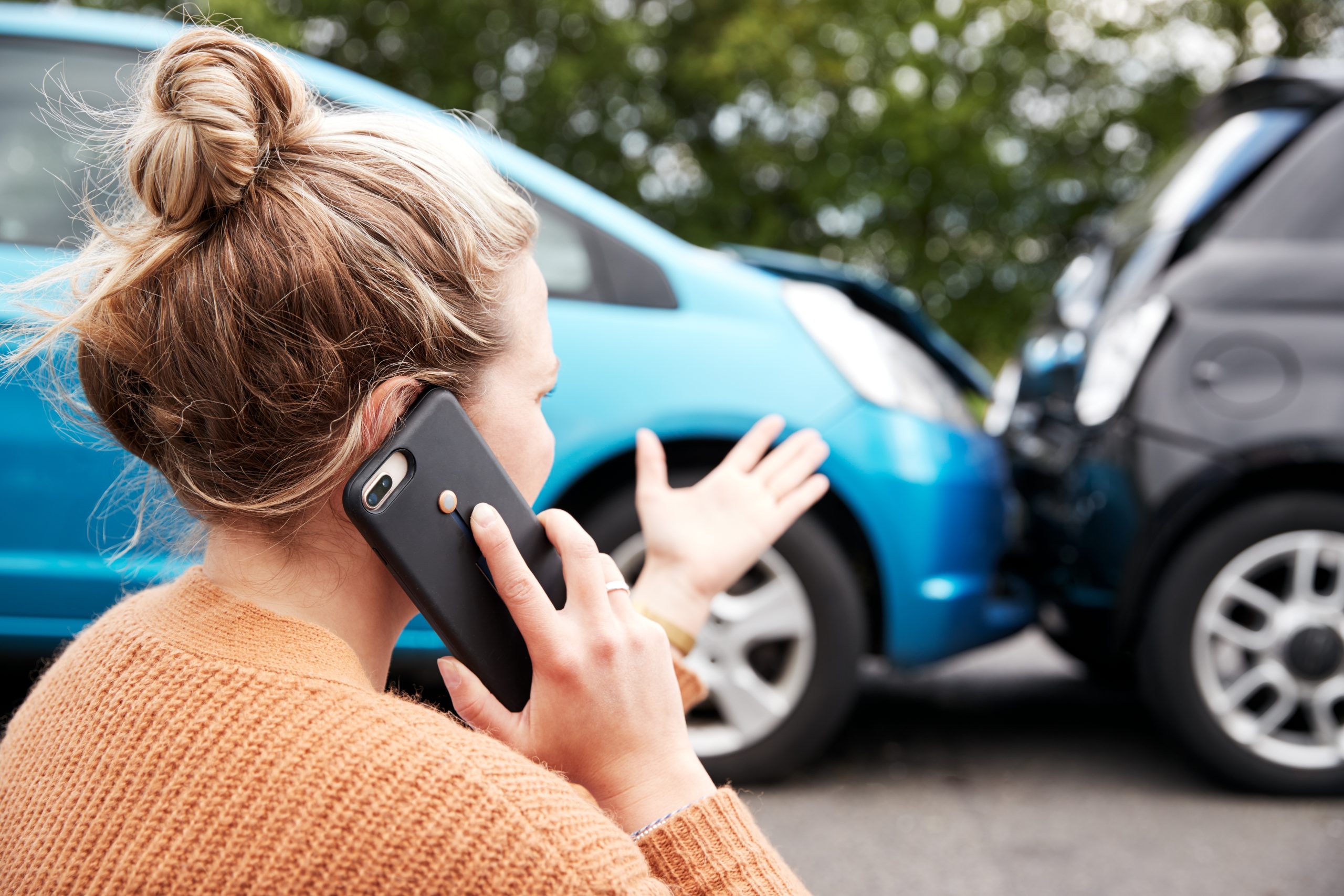
Daylight savings to blame for an increase in car crashes
Daylight savings time has approached once again, and here we are, after losing another hour of sleep on Sunday. For a few years now, it has unanimously been agreed upon that daylight savings is detrimental to our health. Studies have correlated the annual spring-forward with an 18 percent spike in medical mistakes, a 24 percent increase in heart attacks, and a six percent increase in car crashes. That’s right–daylight savings time poses a major threat to drivers.
What Makes Daylight Savings a Threat?
According to a January 2020 study published by Current Biology, the darker mornings paired with the drowsiness that drivers experience shortly following the hour spring-forward make for a sudden rise in car accidents. The study looked at 732,000 fatal crashes, which showed a 6% increase in fatal accidents in the U.S. shortly following daylight savings. The largest increase was seen during the early morning hours directly following the time change, and returned to standard levels after about a week.
Increase in Drowsy Driving
The study shows that while the darker morning commute contributes to increased accidents following daylight savings, the main concern is drowsiness. According to the AAA Foundation for Traffic Safety, the percentage of crashes involving drowsy drivers is likely higher than what has been estimated. A 2022 study released by the agency shows that 16% to 21% of all fatal crashes are triggered by sleep-deprivation.
An AAA press release reports, “crashes caused by drowsy driving tend to be severe because the driver may not attempt to brake or swerve to avoid a collision, so the resulting impact occurs at a high rate of speed. A drowsy driver may also be startled and lose control of the vehicle.”
A separate 2018 AAA survey showed that although 96% of drivers consider drowsy driving an unacceptable behavior, 29% reported that they had a hard time staying awake while driving over the last month. The sleep pattern disruption caused by daylight savings is likely to only worsen the problem. There are several tips that drivers can utilize to reduce drowsy driving with the time change.
Minimize Distractions
The time change is likely to increase hunger in some people. However, eating or drinking while driving can double as a distraction from the roads. It is smart to wait until you have arrived at your destination before eating or drinking, as simply reaching into a container or taking a sip can divert your attention away from the roads and suddenly cause an accident. It's more important than ever to ensure your attention is solely focused on the road during days shortly following daylight savings. Additional tips for drivers following daylight savings include avoiding heavy foods before driving, avoid medications that cause drowsiness, and implementing breaks every 2 hours or 100 miles for longer road trips.
Drowsy Driving: What to Look Out For
There are several noticeable warning signs that indicate you should pull over and take a break while driving. Common signs of drowsy driving include drifting out of your lane and difficulty keeping your eyes open.
Have you been a victim of a drowsy driving related incident? MVP is here to help!
Drowsy drivers need to be held accountable following any accidents they have caused. Drowsy driving crashes tend to be severe because the driver may not act quickly to avoid a collision, causing accidents at higher speeds and impact. Don’t accept the negligence of drowsy driving without exploring the financial compensation you may be entitled to. Call us today for a free case evaluation.
Author

Brett Sachs
Brett S. Sachs graduated from Michigan State University College of Law with Cum Laude Honors. While attending Michigan State, Brett was awarded for his service in the Michigan State University College of Law Civil Rights Clinic, where he represented prisoners of the Michigan Department of Corrections from injustices brought upon them. Learn more.
Top-Rated Lawyers

Lizbhett Rodriguez
Jason Acosta

When You’ve Been Injured
Personal Injury Law

